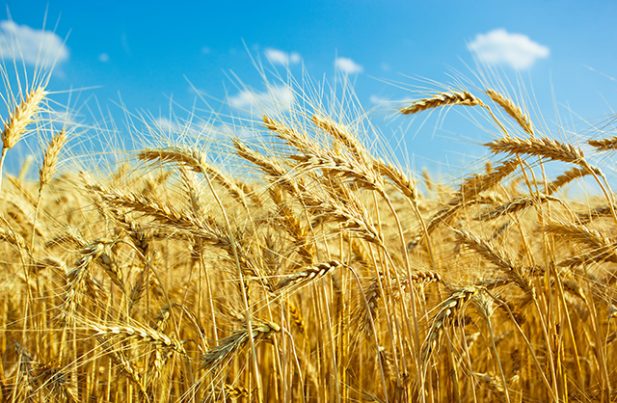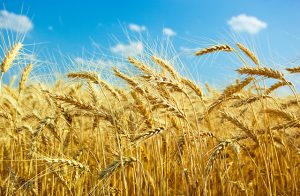
Triticale – sources, health benefits, nutrients, uses and constituents at NaturalPedia.com
Tuesday, June 27, 2017 by Russel Davis
http://www.naturalpedia.com/triticale-sources-health-benefits-nutrients-uses-and-constituents-at-naturalpedia-com.html

Triticale is a whole grain that was first produced in the 19th as a result of crossbreeding wheat (a triticum) and rye (a secale). Triticales contain the essential qualities of both wheat and rye. According to HealthBenefitsTimes.com, triticales boast grain quality and yield potential akin to wheat. In addition, triticales are known to have similar disease and environmental tolerance as that of rye. Triticales are produced in only 29 countries around the world, with a measly harvest yield of only 15 million tons. European countries — including Poland, Australia, Germany and France — are the key producers of triticales.
List of known nutrients
Triticales are a rich source of important nutrients found in many other whole grains. An article in Nutrition.HealthGrove.com shows that triticales contain the following:
- Calcium
- Copper
- Folic acid
- Iron
- Lysine
- Magnesium
- Manganese
- Panthotenic acid
- Phosphorus
- Potassium
- Sodium
- Vitamin A
- Vitamin B1
- Vitamin B2
- Vitamin B3
- Vitamin B6
- Vitamin B12
- Vitamin E
- Zinc
Medicinal uses for triticales
According to OrganicFacts.net, triticales contain 50 percent more fiber than wheat and rye. This makes the whole grain an ideal food fare for patients with diabetes or those at risk of developing the disease. The high fiber content in triticales effectively regulate blood sugar levels. Additionally, the abundant manganese supply in triticales promote gluconeogenesis, a process where glucose is turned to fuel instead of being absorbed into the bloodstream.
Triticales are also essential in facilitating the digestive process and nutrient absorption. The whole grain’s high fiber content is found to bulk up stool and accelerate the excretion of toxins from the body. This means that triticales may treat a wide range of digestive issues such as constipation, diarrhea, and bloating, as well as cramping and other gastrointestinal conditions. Triticales are even touted to address more serious conditions such as Crohn’s disease, gastric ulcers, and colon cancer. However, experts cautioned that triticales are also rich in gluten, which could be detrimental to patients with gluten intolerance or allergies such as Celiac disease.
Still according to the health website, the whole grain contains significantly higher protein levels compared with wheat or rye. The high protein content in triticales is known to boost cell production. Likewise, triticales boast of high iron, copper and folic acid levels that bolster red blood cell production. The whole grain is also an excellent source of essential minerals — such as zinc, phosphorous, calcium, and manganese — that fortify bone strength and reduce the risk of osteoporosis.
In addition, the abundant manganese supply in triticales is found to prevent asthma and skin diseases. On the other hand, the whole grain’s rich folate content may stave off neural tube defects in unborn children.
Body systems supported by triticales
Triticales are especially beneficial to both the digestive system and circulatory system. Likewise, the whole grain is beneficial to the skeletal system and the respiratory system. Triticales are also found to support skin health.
Ways to use triticales
Triticales are primarily used in baked goods such as cookies and crackers. The whole grains are also popular in various risotto dishes. Other interesting recipes using triticales can be seen on Epucurious.com.
Where to learn more
- Is Gluten-Free Healthier Than Regular Food?
- The top 5 foods to avoid if you have gluten intolerance and wheat allergies
- Just how beneficial is a gluten-free diet for those without celiac disease?
- Sprouts: An ideal emergency preparedness food
- Why Giving Up on Gluten Doesn’t Necessarily Make You Healthy
Summary
Triticales prevent diabetes, digestive diseases, and even colon cancer.
Triticales also stave off asthma, osteoporosis, and skin diseases.
Triticales are beneficial to the digestive and circulatory systems.
Triticales support the skeletal and respiratory systems as well.
Triticales promote skin health and support pregnancy health.
Sources include:
Tagged Under: Tags: Triticale






